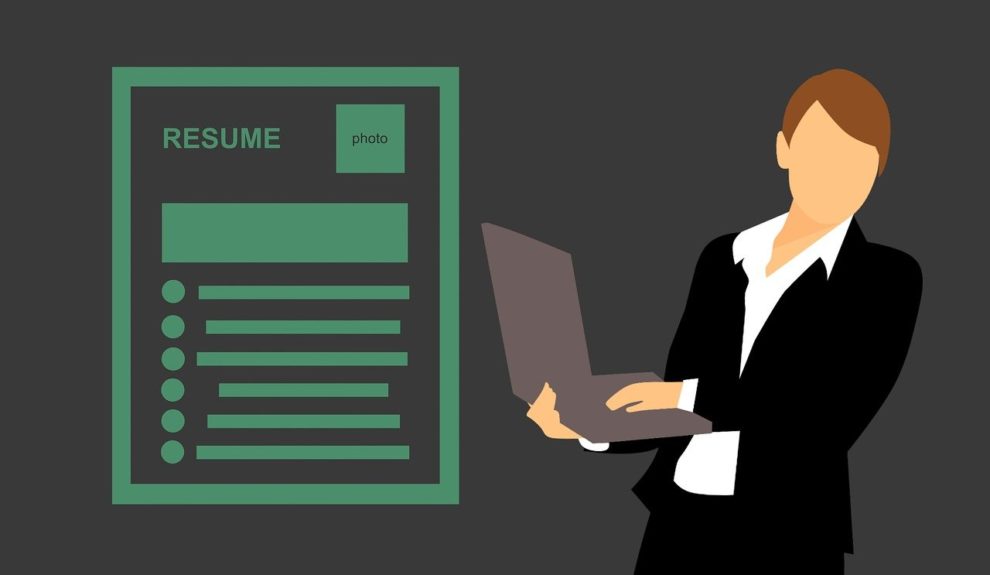Natural disasters, disease epidemics, social unrest, illness, injury, the birth of a child, personal tragedy, company closures, layoffs, going back to school, even taking a gap year or a sabbatical – there are numerous reasons, good and bad, why your work history might display some gaps.
Below, we’ll talk about what employment gaps are and whether you should be concerned about them, whether you are the employee or the employer. Then, we’ll discuss easy ways to handle employment gaps on resumes. There are even things you can do if you are experiencing an employment gap right now!
Let’s get started.
What Is an Employment Gap?
Employment gaps are “time periods when job applicants appear to be unemployed, or absent from the work environment.”
As stated above, employment gaps can be intentional, like when you have a baby, raise a family, go back to school, or take time off for personal pursuits. Or, they may result from events beyond your control. You might experience a severe illness or injury, or you may need to care for an ailing family member. Your employer may close the company or lay off employees.
World events such as the global COVID-19 pandemic have also caused employment gaps for many, as lockdowns and supply chain issues disrupted the economy. Social unrest, warfare, natural disasters, and other causes also exist.
How long of a period constitutes an employment gap? That depends. We’ll talk more about this while discussing resumes below.
Should You Worry About Gaps on Your Resume?
Conventional wisdom holds that “recruiters and potential employers are often suspicious of job hunters that have unexplained employment gaps appearing on their resume.” According to CNN, “there is a concern that the time away leaves the candidate with technological gaps or a need for more time to acclimate back into their role, or there’s a fear that they aren’t serious about returning.”
Still, employers know that the search for a new job can take a few months or even longer. And, the COVID-19 pandemic recently caused long gaps in many careers. This has resulted in decreased stigma around career gaps.
How to Fill Employment Gaps on Your Resume
There are several ways to fill the gaps and even use them to your advantage.
If You’re Experiencing a Gap Right Now
If you’re currently in the middle of an employment gap, you can actively fill this time with activities that you can include on your resume – virtually making the gap disappear! How so?
- Go back to school.
- Take online classes.
- Get a certification.
- Volunteer your time.
- Start your own business.
- Do gig work.
Each of the above activities can be listed under the Education, Certifications, Volunteerism, or Work Experience sections of your resume. Your employer will see that you were busy and proactive during your time off.
What if you are busy caring for your own health or the needs of someone else? You may still be able to remotely accomplish one of these in your downtime via the internet.
How to Handle Previous Gaps on Your Resume
Employment gaps are most apparent when you use a chronological resume format. This is the most common resume format, in which you list your most recent jobs first and work backward in time. They usually site the previous ten years or three previous employments.
Short gaps of a few months to a year may be remediated by simply removing months from the date listings. For example, a nearly two-year gap from January 2020 to December 2021 can be virtually erased by listing the years only.
If you have a worrisome gap, you may choose to use a functional resume format, which highlights skills and accomplishments rather than work history. When using this format, you can list your employment in order of importance and relevance rather than by the date. You may choose to list the number of years worked rather than the specific dates.
Finally, just be honest with your employer. You don’t have to volunteer personal information, but if they ask, state succinctly why you have a gap in your career. It is especially important to be brief if the gap resulted from personal tragedy. You can simply say, “I was caring for [x],” or “I was recovering from [x].” This will usually be enough to satisfy the hiring manager.
LinkedIn recently launched the ability to add “career breaks” to the experience section of your profile, allowing you to explain the reason for the break and how you spent the time. This may allow you to “openly embrace the time you took away from work on your profile and show how these life experiences… apply to prospective jobs.”
Should You Worry About Gaps in Your Employees’ Resumes?
As already mentioned, career gaps can raise suspicions in the minds of employers. Was this applicant fired from a previous job for poor performance? Are they lazy?
Consider the above information and frankly discuss the gap with your prospective hire.
